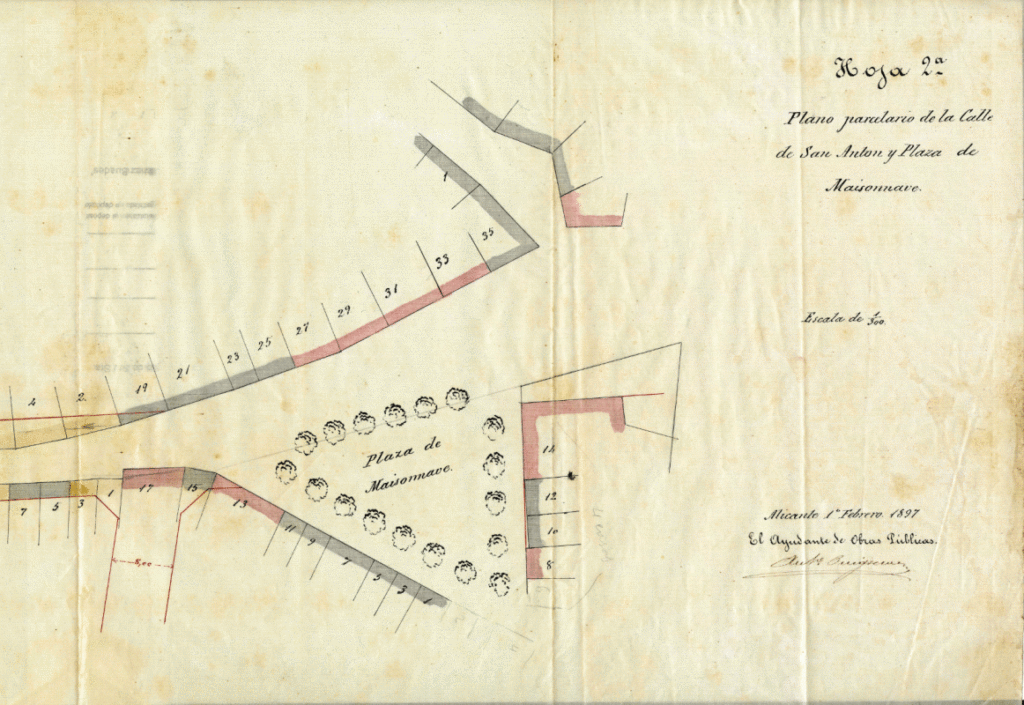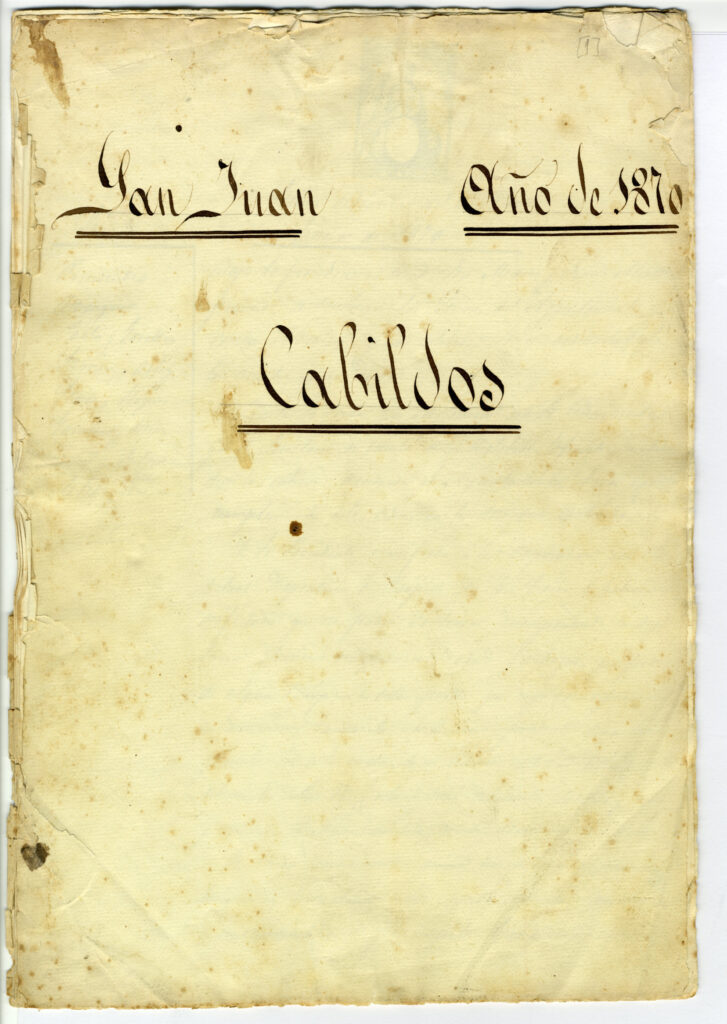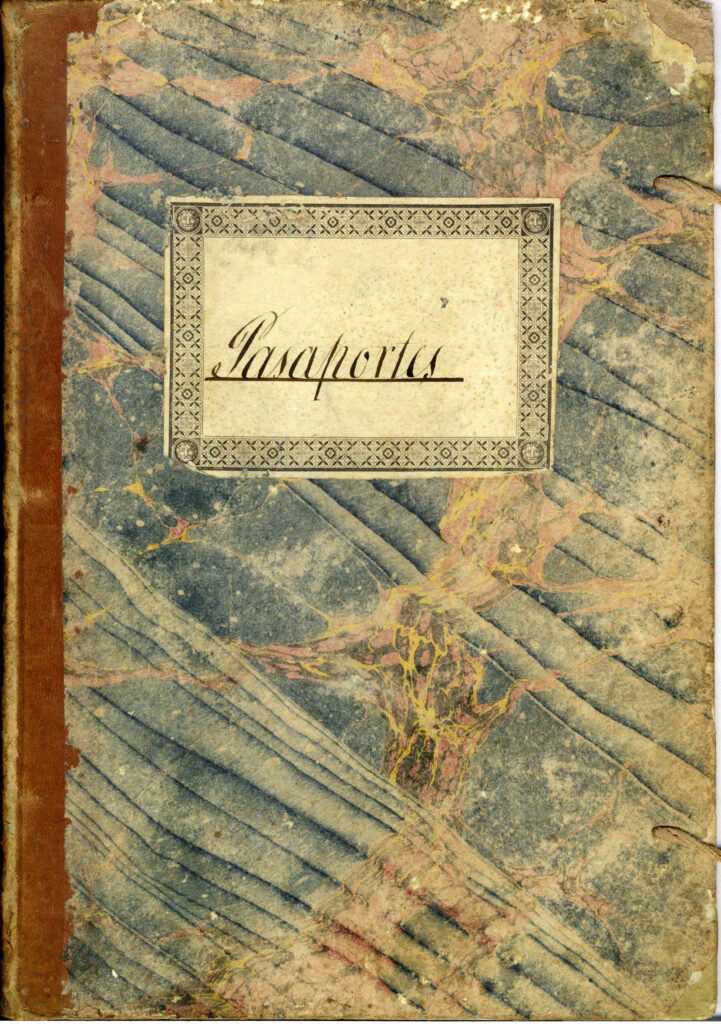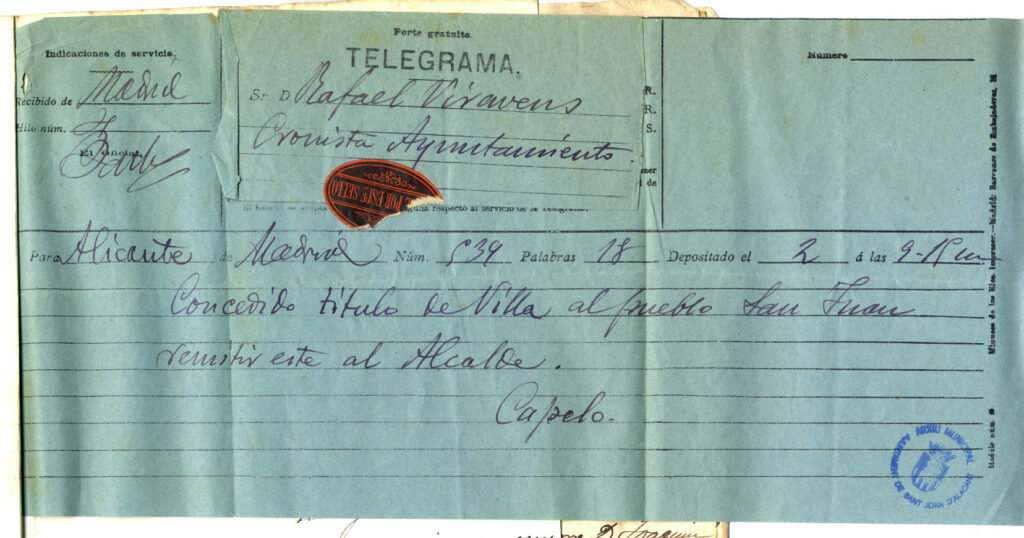Municipal Archives
Until not long ago, the study of documentary sources was considered a redoubt of scholars, a field restricted to the scientific and academic sphere that created a barrier, more than a physical, interpretative barrier to our past. Fortunately, today’s archives are open to all types of audiences, thus favoring a more critical, multifaceted and transversal knowledge of history.
This is due to the fact that the documentation kept in the archives, mainly with administrative value, is capable of offering different readings and being the object of various studies. A census of inhabitants from the 19th century helps us to understand not only the local demographics and family nuclei, but also the social stratigraphy, their distribution in the urban nucleus, literacy, productive sectors, etc. A municipal budget that today has economic and administrative value, can also be broken down into its items and studied as an anthropological source to capture the traditions, celebrations or activities of the day to day, in addition to other political and social considerations.

Plot plan of Calle de San Antón and Plaza Maisonnave. 1897, AMSJA
The physical characteristics of paper -the support of documentation until the recent incorporation of electronic documents- and the care required for its preservation in terms of temperature and relative humidity control, in addition to the vicissitudes of history such as wars, lawsuits or inadequate facilities.
These factors, without forgetting that our Villa, then University of San Juan and Benimagrell, belonged to the city of Alicante; made that the oldest document that the AMSJA preserves dates from 1847. In the second half of the 19th century, the documentary series related to taxes and levies, budgets, population registers and minutes of the Cabildo or Plenary began.
The AMSJA currently has modern facilities, including a large consultation room with an auxiliary library specializing in local topics and its own exhibition space in which to carry out activities to disseminate its collections.

Cover of the book “Actas del Cabildo” 1870. AMSJA

Passport Book 1847. AMSJA
Services
Among the services offered to citizens, professionals and researchers who wish to approach documentary sources, is advice on the use and study of documents, access to information and preventive conservation of the supports, visits and educational workshops, etc.
Like all municipal archives, the AMSJA keeps the documentary collection of the institution to which it belongs, the documents produced and received by the City Council of Sant Joan d’Alacant. But we also have funds from other local institutions such as the Agricultural Chamber, political and trade union organizations of the municipality and also archives of individuals and families who have wanted to deposit their documents here so that they can be studied by everyone.
The nearly 9,000 units of documentary installation that are kept in the AMSJA make up a sort of collective memory of the history of our town. Documents can speak to us if we want to listen to them and they deserve all our care so that they can continue to do so to new generations.

Telegram granting title Villa. 1885. AMSJA
Did you know that...?
For the study of our municipality One of the oldest and most outstanding documents is the homicide lawsuit between Saracens preserved in the Archive of the Crown of Aragon. This legal process of 1315The document, with its interrogations, declarations and other formalities, may seem a dry document, but it has been a key source for various historical, anthropological and toponymic studies that have been derived from it and reveal it to be the oldest known description of the people who inhabited this area of the Huerta, as it contains references to their economy, beliefs and way of life.
